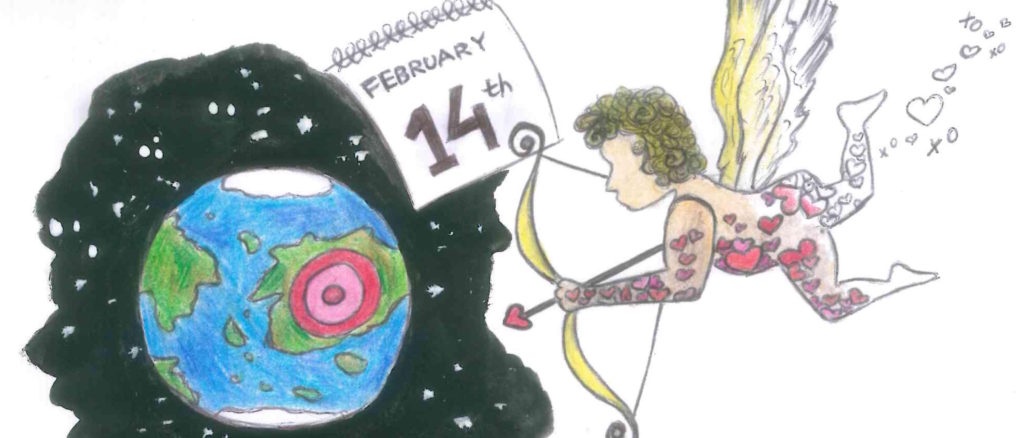
[dropcap]It[/dropcap] is that time of the year when Christmas and New Years have passed, and the masses of red and pink items land in shops all around the world. Valentine’s Day is once again upon us, and Love Hearts have become the festive treat for us to relish.
Chocolates, flowers, cards and soft toys occupy the space where stockings and mistletoe were once placed. Now that the celebration is fast approaching, we can remind ourselves how the holiday originated and how it is commemorated around the world today.
Last year Irish people spent more on Valentine’s Day flowers than the UK and Germany, according to the Irish Times. However, around the world ‘ Valentines’ day’ is celebrated with diverse traditions and different ideologies across different countries.
Japan’s tradition involves women gift-giving chocolates to men, while South Korea sees it as a ‘love’ day where women give men presents and the gifting alternates on ‘White Day’ a month later. In Finland the day is translated to mean ‘Friend’s Day’ a special day which focuses on remembering friends. However, Valentine’s day did not originate with the concept of simply giving chocolates, tokens or flowers.
Valentine’s Day originates from the ancient Roman festival ‘Lupercalia’ where women put pieces of paper with their name on it in an urn, and men then chose one woman to spend the year with as their female companion. These matches often led to marriage.
It was not until the 5th century that the Roman Catholic Church enforced Saint Valentine with the celebration. There are many legends as to who Saint Valentine was and what he did, but mostly it is agreed that he was a Roman priest.
The date February 14th was apparently based on Saint Valentine’s death, but other sources say that the Catholic Church placed it there to make the festival of ‘Lupercalia’ more Christian and less pagan.
Many people associate Cupid, who was known to the Greeks as Eros, the god of love, with February 14th. Stories of Cupid portray him as mischievous and daring; he sent golden arrows to arouse desire and leaden arrows to spark disgust. He played games with people’s emotions, often making gods and mortals love or loath each other. Cupid was represented by a handsome, irresistible mortal in writing periods, but eventually became the pudgy baby with wings and arrows, with which we see on many greetings cards.
Nowadays, young Irish people like to celebrate Valentine’s Day with their loved one. It is a day to show appreciation and love by treating them to a nice meal, evening out, cinema date or a gig in town. Indeed, February 14th has become a singles day worldwide, where women and men celebrate their single status. A popular activity is to plan a party of singletons to mix and socialise.
Whatever your status may be, Valentine’s Day can be a day you simply appreciate those around you and the loved ones you have. The day is ultimately a celebration of love.
Áine Campion
Photo Credit: Zoe Ryan



